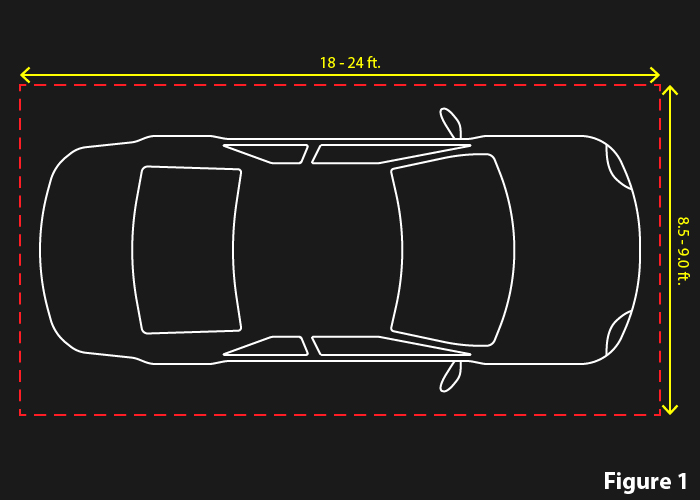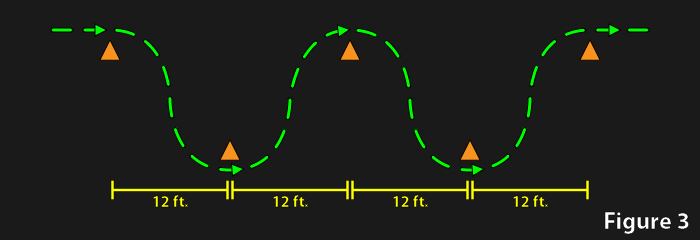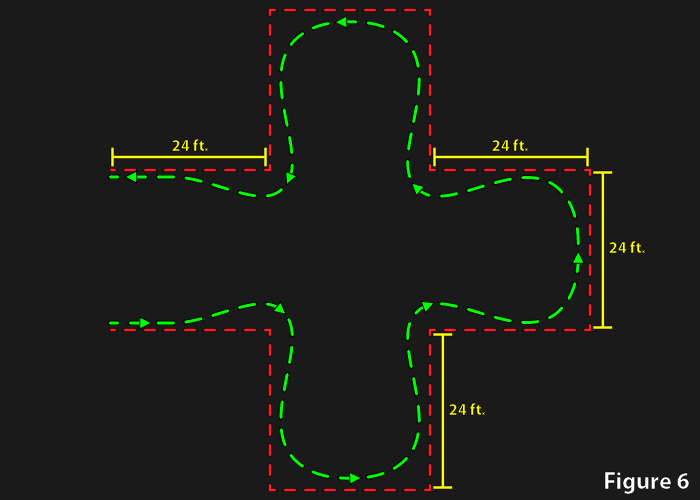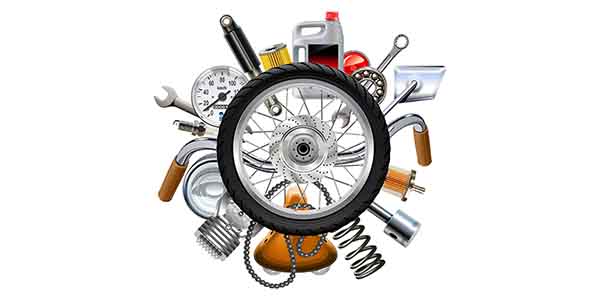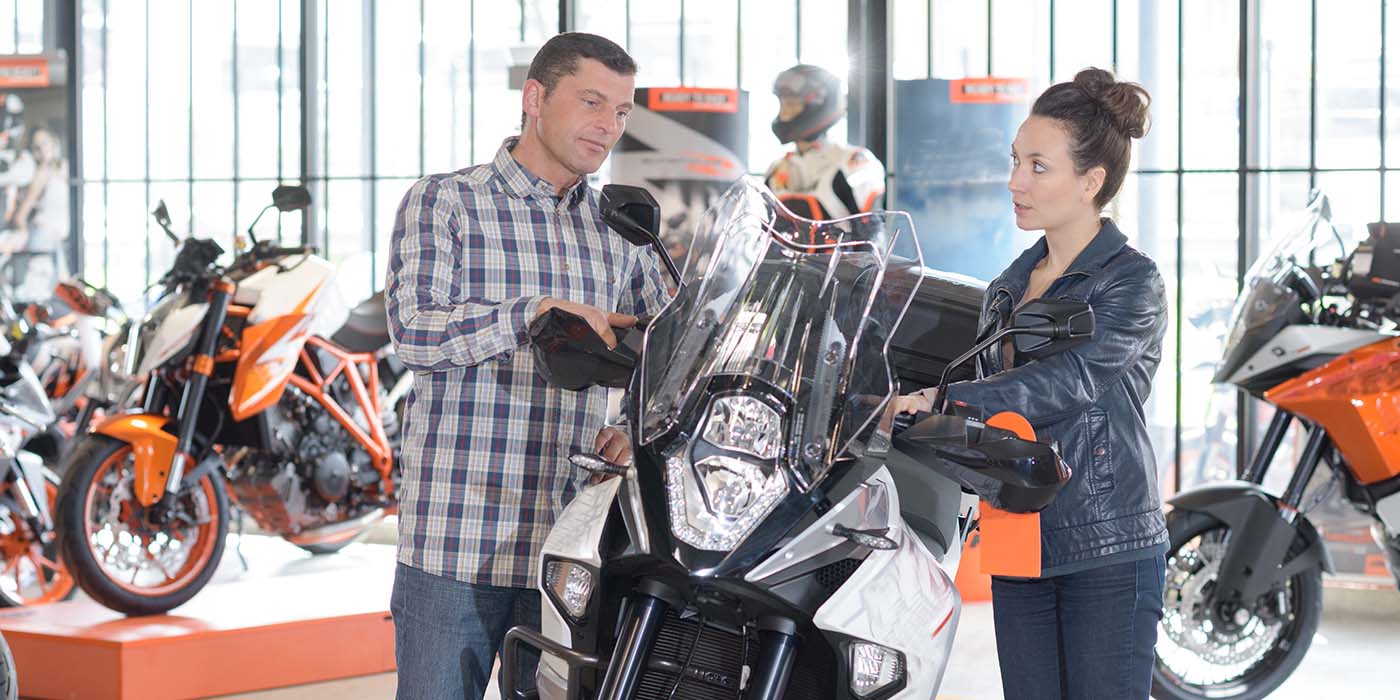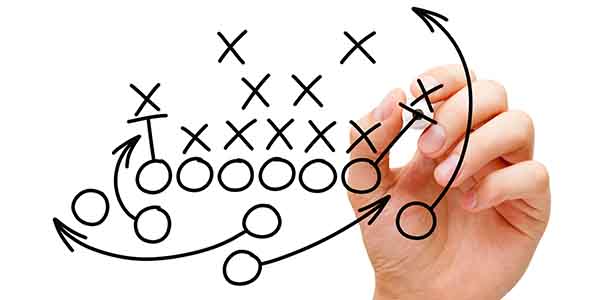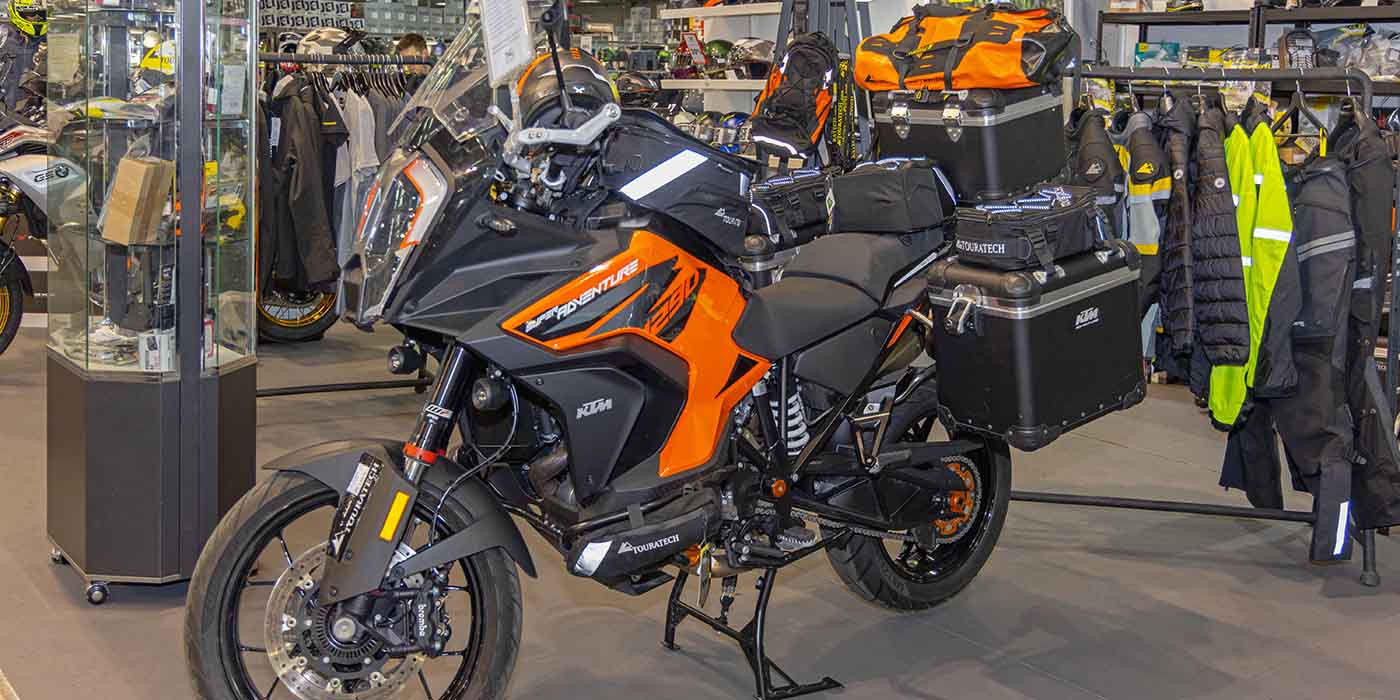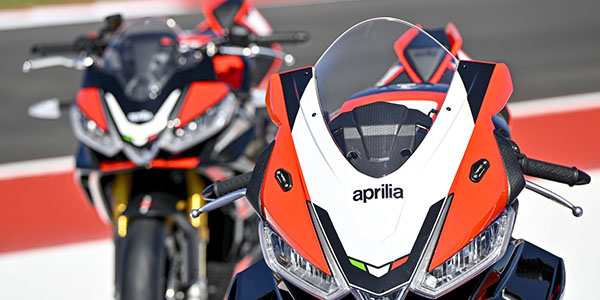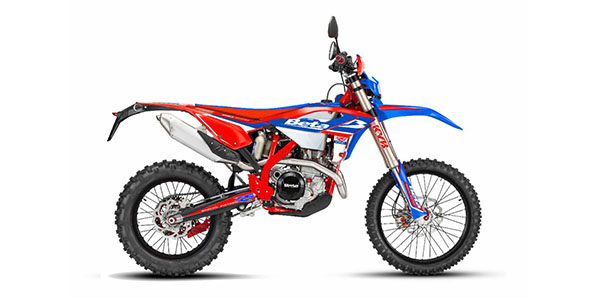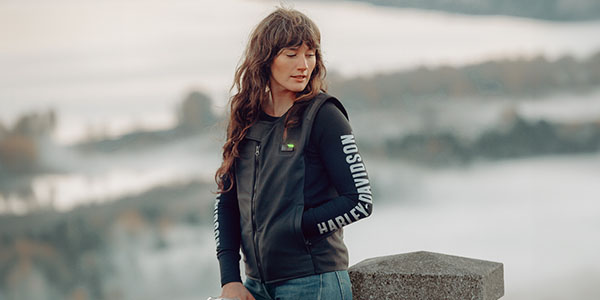In part one of this series, I talked about the importance of “trusting the machine.” In part two, we’re going discuss how to put that into practice and how to hone your skills on your motorcycle. We’ll outline a few exercises that you can easily do on your own bike.
Every rider can benefit from performing these exercises, whether you’re just starting out or you’ve ridden for years. I still practice these exercises at the start of every riding season or any time I get onto a bike I’m not familiar with. It’s a quick and easy way for me to learn how the bike maneuvers, and I can get more comfortable on the bike before I get out into traffic.
Where to Practice
This part is easy: Find a nearby parking lot without a lot of traffic. For me, I used the parking lot at a local abandoned shopping mall. Any large parking lot will do nicely, as long as you feel that you’re safe from cars moving around. You want to be able to focus on the task at hand, not worrying about other drivers and whether or not they see you.
What to Bring with You
You’ll need to set up a makeshift practice course, so you’ll need some supplies. At the very least, you should bring some sidewalk chalk. This is a cheap and effective way to draw out the practice exercises we will be talking about soon. You’ll also need to bring measuring tape with you to set up your test course.
If you’re looking for something more visual, you could buy a few small, orange traffic cones from Wal-Mart or Amazon. They don’t need to be too big — just something that can fit into a saddlebag or backpack.
The average parking space in the U.S. is approximately 8.5 to 9 feet wide and 18 to 24 feet long (Figure 1). Keep these measurements in mind; they’ll come up again a little bit later.
Practice Technique 1: Beginner’s Cone Weave
First up, let’s talk about the simplest technique to practice: the cone weave. This can be done with or without traffic cones. All you need to do is mark every 12 feet in a straight line. Line up your bike on one end, then set out and keep the clutch in the friction zone. Work the clutch and throttle to keep the bike moving as slowly as possible while weaving back and forth between the cones. You should be able to maintain a tight and tidy line through the course (green dashed line in Figure 2).
Don’t worry if you miss a cone; simply try again. Once you’ve mastered this technique, it’s time to kick it up a notch!
Practice Technique 2: Advanced Cone Weave
This time, we’ll need to stagger the cones out while maintaining the 12-foot distance between them (Figure 3). This will require you to be much more intentional in your speed, steering input and lean angle.
If you’re looking for an even greater challenge, try modifying the distance between the cones (Figure 4). This drastically changes the line you need to follow in order to swing the bike around the next cone. This type of exercise helps you to learn where the bike needs to go before you enter a turn and how to plan ahead and position the bike accordingly. This is an important skill to have, and it will absolutely come into play out on the road.
Remember that these exercises are meant to be a challenge. They’re meant to force you to turn your head, look where you want the bike to go, etc. If you can get through the cone weave without missing a single apex, turn up the difficulty again.
Practice Technique 3: The Figure 8
Now we move onto what is probably my favorite practice maneuver: the figure eight. I was really surprised when I learned that it had been removed from the Ohio Bureau of Motor Vehicles on-bike evaluation. This maneuver was the hardest part of the rider’s safety course I took when I first started riding. It taught me so much about how to maneuver the bike at low speeds that, in my eyes, it should still be part of the on-bike evaluation.
The figure eight can easily be practiced in a parking lot using four adjacent empty parking spaces (Figure 5). The key is to enter into the parking spaces in a straight line, then turn your head and complete the first turn. You’ll need to turn past 180 degrees and quickly transition into the second turn, then exit from the other side.
The figure eight took me hours to master when I first started out. I tried it over and over again during the practice sessions, and every single time I either missed one of the turns or put my foot down. I thought there was no possible way I’d be able to successfully complete this technique for the evaluation at the end of the day.
Then, much to my surprise, I finally got it right during the evaluation! It stands out as one of my favorite memories on two wheels. I aced that rider’s safety course, and I’ve enjoyed years of safe riding ever since.
Practice Technique 4: The Iron Cross
This last technique is that I’ve never attempted but plan to try it out as soon as possible. It’s called the Iron Cross (Figure 6), and it looks like a real challenge. Be warned: This one is not for beginners!
This exercise is like the figure-eight on steroids. You enter into a 24-by-24-foot box along the righthand side, then maneuver the bike in and out of three more 24-by-24-foot boxes set up in a cross shape. This exercise requires precision and planning. If you wait too long to initiate one turn, you’ll miss the turn after it.
This exercise also challenges your ability to turn in both directions. Some riders are more comfortable turning one way or the other; the Iron Cross will make that obvious. You need to keep your speed under control here as well. You’ll definitely need to work the clutch and the throttle together and use the friction zone to keep your speed steady and the bike balanced.
When Would You Ever Need These Skills?
These exercises hone your ability to maneuver your bike at low speeds. There is a myriad of applications for this skill, anywhere from navigating around a parking lot to twisting, winding mountain roads. Let me tell you, the last thing you want is to enter into a turn on a mountain road with no guard rails and realize that you didn’t initiate the turn early enough!
Like I’ve said, I believe in “practice makes perfect.” Every spring when I pull my bike out of storage, I can’t wait to go to that empty parking lot and sweep a few figure-eights. It always puts a big smile on my face.
But what if you’re a more seasoned rider who still wants to learn more? You may find advanced rider’s courses are available in your area. These courses are typically one-on-one with your instructor, and they’ll likely require you to have your own motorcycle. The advantage to these advanced courses is that they are able to really focus on your riding style, ability and your motorcycle to help you to fine-tune your skills to the highest degree possible.


